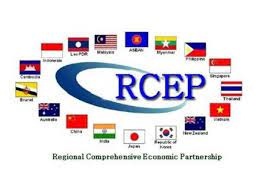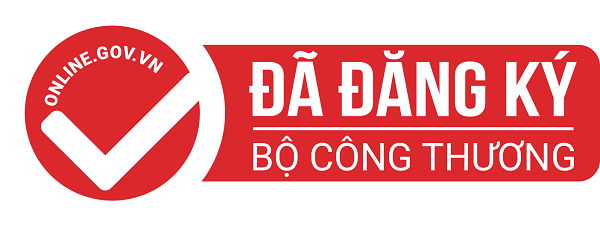Here are some questions answered in the RCEP Agreement's rules of origin 1. What are the ways to determine the origin of goods? Answer: - Goods are wholly obtained in a Member State - Goods produced only from materials originating from RCEP member countries - Goods using non-originating materials but meeting the List of Rules of Origin stated in Appendix I issued together with Circular No. 05/2022/TT-BCT
2. How is the principle of aggregation applied in the RCEP Agreement? Answer: - Since the entry into force of the RCEP Agreement, member countries only apply the principle of accumulation of originating materials in the RCEP bloc. - Within 5 years from the date of entry into force of the Agreement, the member countries of RCEP will continue to negotiate in full accumulation and will decide to apply or not to apply after negotiation.
3. In which case does the simple processing step apply? Answer: Simple processing does not apply to the determination of a purely originating good or a good produced solely from originating materials in the RCEP bloc. The simple processing stage applies to goods using non-originating materials. 4. Is the formula for calculating regional value content used in the RCEP Agreement different from the ATIGA and ASEAN+1 Agreements? Answer: There is no difference. Accordingly, enterprises have the right to choose one of two formulas for calculating direct or indirect regional value content.
5. How is the De Minimis provision applied? Answer: - For goods covered by Chapters 01 through 97 of the Harmonized Commodity Description and Coding System, the value of all non-originating materials used in the production of the good and which do not meet the conversion criteria commodity code does not exceed 10% of the FOB value of such goods. - For goods covered by Chapters 50 through 63 of the Harmonized Commodity Description and Coding System, the weight of all non-originating materials used in the production of the good and which do not meet the conversion criteria the commodity code does not exceed 10% of the total weight of the goods. 6. How is goods exported to an RCEP member country subject to a differential tariff? Answer: Currently, there are 7 countries applying the tax difference clause in the Agreement, including: Japan, China, Korea, Indonesia, Malaysia, Thailand, and the Philippines. - Philippines and Vietnam. In order to determine the goods exported to one of these seven countries to which the tax differential applies, it is necessary to look up the import tariff schedules of these seven member countries applicable to the remaining member countries.
7. How to determine RCEP country of origin? When exporting to RCEP countries that apply tax differences such as China, Korea, ..., Vietnamese enterprises need to first look up the list of items in Appendix IV issued with Circular No. 05/2022/TT-BCT of RCEP countries applies tax differentials. If the requirements set forth in Annex IV of the RCEP countries applying tax differentials are met, the country of origin is the exporting member country. In case goods are subject to tax differences but are not included in the above Appendix IV, the method of determining the country of origin of RCEP shall comply with the provisions of Article 9 of Circular No. 05/2022/TT-BCT. 8. Documents certifying the origin of goods for goods exported from Vietnam to member countries and goods imported into Vietnam from RCEP member countries? Answer: For goods exported from Vietnam to RCEP member countries, issuing agencies and organizations are authorized by the Ministry of Industry and Trade to issue C/O for exported goods. For goods imported into Vietnam, Vietnamese customs authorities will consider accepting C/O or self-certification of origin of goods from qualified exporters of RCEP member countries.
9. Is the C/O form RCEP issued for Vietnam's exports to RCEP member countries considered for issuance before the effective date of Circular No. 05/2022/TT-BCT? Answer: C/O issuing agencies and organizations of Vietnam consider issuing C/O form RCEP to RCEP member countries since Circular No. 05/2022/TT-BCT takes effect on April 4, 2022. For Vietnam's export shipments to RCEP member countries before the effective date of Circular No. 05/2022/TT-BCT, Vietnam's C/O-issuing agencies and organizations shall consider and retroactively grant C/O /O form RCEP from the date of entry into force of the RCEP Agreement on January 1, 2022 and according to the regulations of the importing member country.
Source: Import and Export Department




